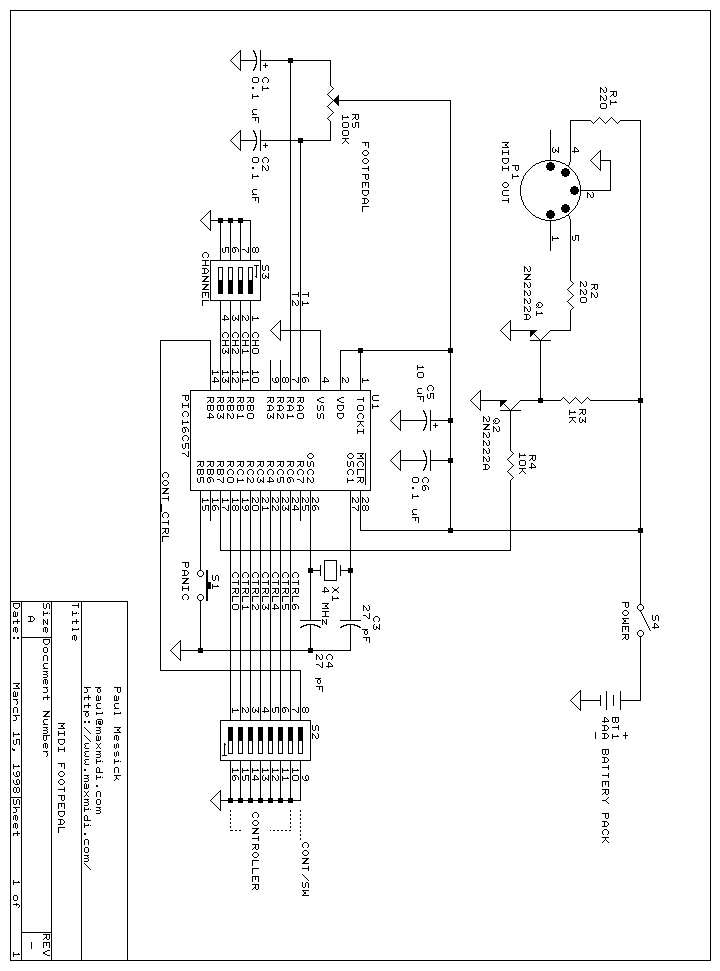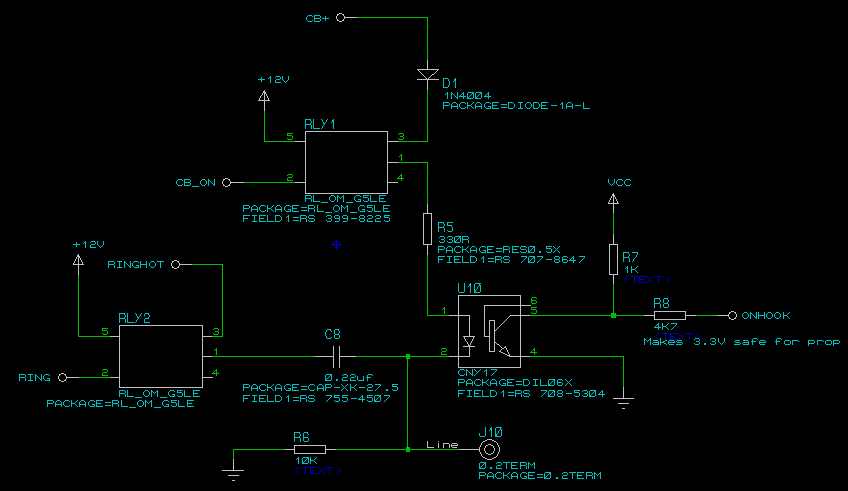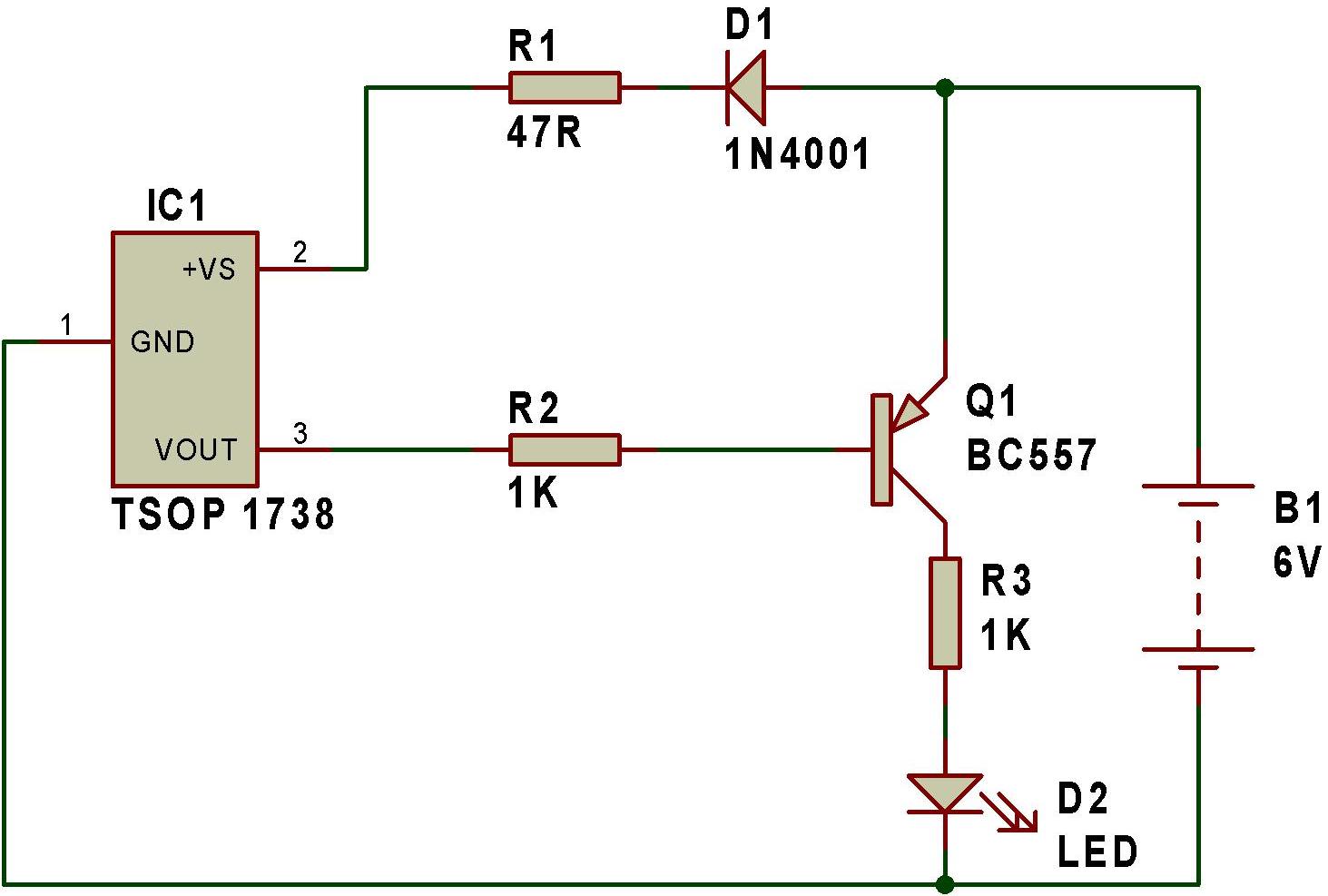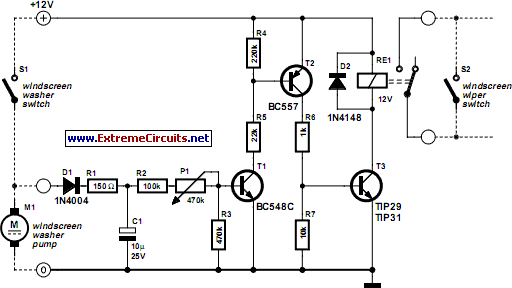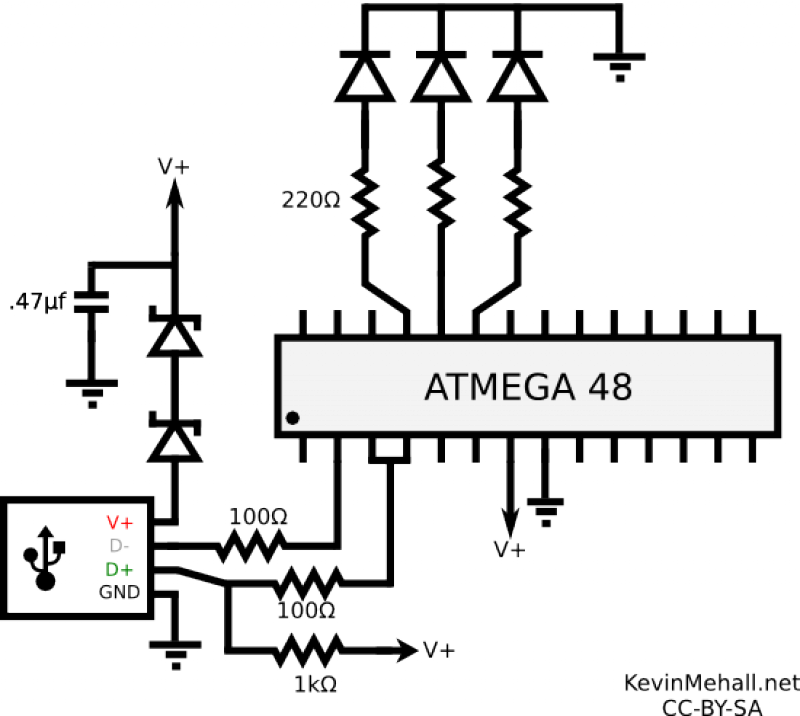
Infrared Remote Control for operates on 115 volts AC
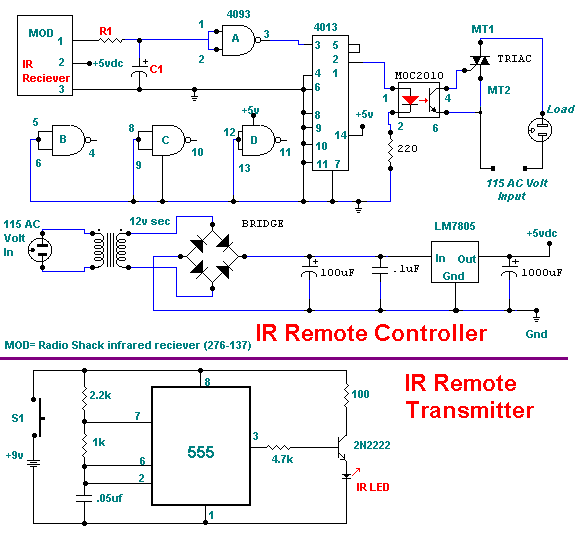
Infrared remote control operates on 115 volts AC. This circuit enables the activation of any equipment that functions on 115 volts AC. The receiver circuit is based on the Radio Shack infrared system.
The infrared remote control circuit designed for operation at 115 volts AC utilizes a transmitter and a receiver to control various electrical devices. The transmitter typically incorporates an infrared LED that emits modulated infrared signals. These signals are generated by a microcontroller or a simple oscillator circuit, which encodes commands corresponding to different functions, such as turning devices on or off.
The receiver circuit, based on the Radio Shack infrared module, is equipped with a photodiode or phototransistor that detects the infrared signals. Upon receiving a signal, the receiver outputs a corresponding voltage level that can be used to control a relay or a triac. This output effectively acts as a switch for the connected load, allowing the user to control high voltage AC devices safely.
The relay or triac in this circuit is crucial as it provides electrical isolation between the low-voltage control circuit and the high-voltage AC load. When the receiver detects an infrared command, it activates the relay, closing the circuit and allowing current to flow to the connected device. The relay should be rated appropriately for the load it will control, ensuring safe operation without risk of failure.
To enhance the circuit's robustness, it is advisable to include protection components such as diodes across the relay coil to prevent back EMF from damaging the control circuitry. Additionally, integrating a fuse in the AC line can protect against overcurrent situations.
For optimal performance, the infrared remote control should be tested in various conditions to ensure reliable operation across different distances and angles. Adjustments to the modulation frequency and the receiver sensitivity may be necessary to improve the overall functionality of the system.Infrared Remote Control for operates on 115 volts AC. This circuit will allow you to turn on any piece of equipment that operates on 115 volts ac. The receiver circuit is based on the Radio Shack infrared. 🔗 External reference
The infrared remote control circuit designed for operation at 115 volts AC utilizes a transmitter and a receiver to control various electrical devices. The transmitter typically incorporates an infrared LED that emits modulated infrared signals. These signals are generated by a microcontroller or a simple oscillator circuit, which encodes commands corresponding to different functions, such as turning devices on or off.
The receiver circuit, based on the Radio Shack infrared module, is equipped with a photodiode or phototransistor that detects the infrared signals. Upon receiving a signal, the receiver outputs a corresponding voltage level that can be used to control a relay or a triac. This output effectively acts as a switch for the connected load, allowing the user to control high voltage AC devices safely.
The relay or triac in this circuit is crucial as it provides electrical isolation between the low-voltage control circuit and the high-voltage AC load. When the receiver detects an infrared command, it activates the relay, closing the circuit and allowing current to flow to the connected device. The relay should be rated appropriately for the load it will control, ensuring safe operation without risk of failure.
To enhance the circuit's robustness, it is advisable to include protection components such as diodes across the relay coil to prevent back EMF from damaging the control circuitry. Additionally, integrating a fuse in the AC line can protect against overcurrent situations.
For optimal performance, the infrared remote control should be tested in various conditions to ensure reliable operation across different distances and angles. Adjustments to the modulation frequency and the receiver sensitivity may be necessary to improve the overall functionality of the system.Infrared Remote Control for operates on 115 volts AC. This circuit will allow you to turn on any piece of equipment that operates on 115 volts ac. The receiver circuit is based on the Radio Shack infrared. 🔗 External reference
